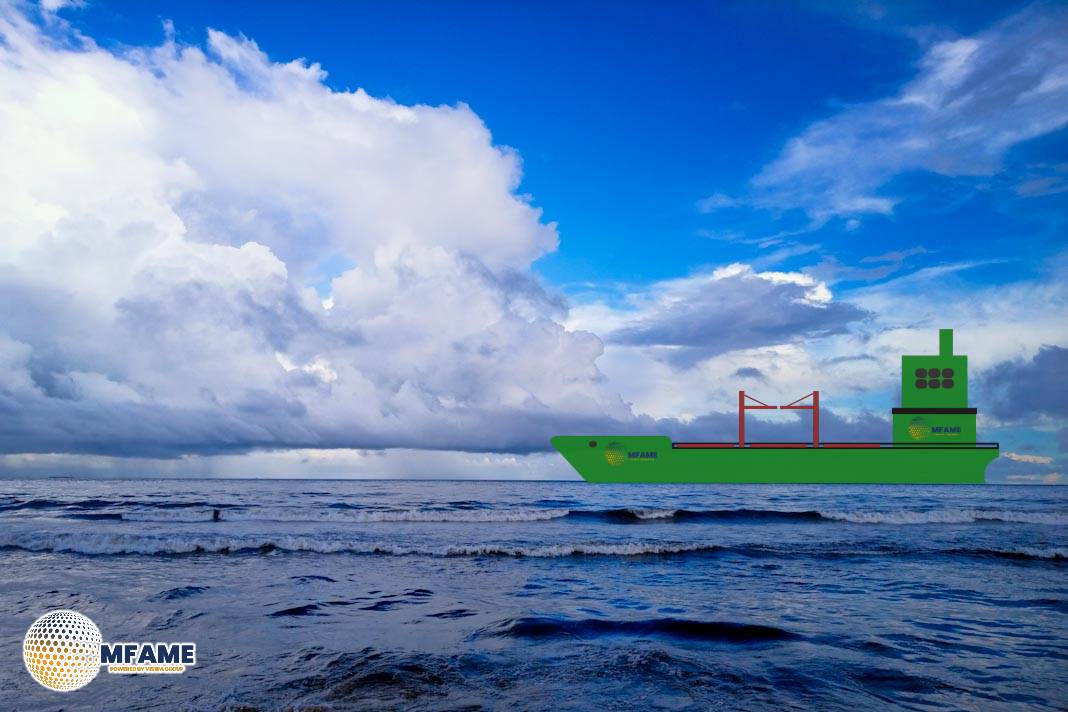The American Club has issued a publication outlining evidence that should be prioritized immediately following specific incidents, while also documenting best practices and potential pitfalls, reports Safety4sea.
Once all immediate safety, cargo, and environmental concerns following an incident likely to result in a claim are addressed, the preservation of evidence becomes very important.
Properly collected, preserved, and documented evidence provides information that enable to learn from incidents, verify compliance with regulations, procedures and policies and properly establish the incident’s liabilities, the American Club highlights.
Evidence can come in many different forms:
- Documentary evidence includes records available on the vessel and from shoreside management, such as logbooks and training records.
- Physical evidence includes items such as sections of a mooring line that parted, drug testing samples, a sling that failed, etc.
- Electronic evidence includes data from the voyage data recorder (VDR), electronic logbooks, maintenance records, alarm records, photography, video, etc.
Furthermore, potential witnesses should also be identified to present evidence as may be necessary.
Perishable evidence
Collecting evidence is crucial to all incident investigations. However, capturing the “perishable” evidence is the most time critical and should be a primary objective as soon after the incident as practicable. Some data is perishable. This means that if it is not captured, the evidence cannot be recreated or recovered.
An important example of perishable evidence is VDR data. If the data is not “saved” in the immediate aftermath of an incident, it will likely be overwritten and lost, sometimes within 24 hours.
Many communication exchanges take place over messaging apps (e.g., WhatsApp and WeChat). Such correspondences relevant to incidents must be identified, backed up, and preserved. Drug and alcohol testing may also be required depending upon the nature of the incident, the company’s safety management system, flag State, or local regulatory requirements.
If required, efforts should be made to ensure the testing is performed timely and correctly as per drug kit manufacturer’s requirements and the samples are properly secured onboard.
Do’s and Dont’s for collecting perishable evidence
Voyage data and CCTV recordings for collision, grounding, allision, or damage to third party property
- DO press the VDR or CCTV “save” button immediately after the incident.
- DO press the VDR or CCTV “save” button again after every 12 hours if the incident is ongoing.
- DO conduct training on the VDR or CCTV and their proper use.
- DO NOT assume that someone else pressed the “save” button on the VDR or CCTV.
- DO NOT assume that VDR or CCTV data will be automatically saved.
Taking witness statements
- DO seek advice from the Owner and P&I Club, including lawyers appointed on their behalf, concerning witness statements for incidents that might involve third-party claims.
- DO take statements, in accordance with legal advice and in the presence of lawyers representing the Owner and/or the P&I Club, from all officers and crew members involved in the incident, or who may have witnessed the incident while the incident and their memory is still fresh.
- DO ensure that any statements address the activity leading to the incident as well as actions taken after the incident.
- DO include details of any steps taken to mitigate or prevent any further damage.
- DO NOT wait for days to take statements, unless otherwise advised by counsel appointed on the Owner’s behalf.
- DO NOT collaborate with others either prior to or while making or preparing statements.
- DO NOT limit statements to only those people directly involved. Statements should be provided by everyone involved, everyone who should have been involved, everyone who may have witnessed the incident, and supervisors, whether or not they were at the location where the incident happened.
Preservation of electronic chart data and paper charts
- DO save versions of the electronic charts that were in use at the time of the grounding.
- DO save paper charts, if used, and retain them without any chart updates.
- DO save a copy of the passage plan (or voyage plan).
- DO NOT let the electronic chart system automatically update before the data is saved.
- DO NOT erase information on paper charts.
Taking photographic and video evidence
- DO take photos of the incident and all damage from multiple angles.
- DO take a video of the incident and damage but refrain from commenting during the filming of the video.
- DO NOT limit the number of photos.
- DO NOT just take close-ups of damage that lack perspective.
- DO NOT just take long-distance pictures that lack detail.
Collection and preservation of physical evidence
- DO save physical evidence such as PPE and other safety gear that was used, tools and equipment that were in use, cargo securing gear that was in use, mooring lines that parted, machinery components that failed, etc.
- DO NOT throw away physical evidence with the garbage just because it may no longer be usable.
- DO store all evidence collected in a safe, secure location.
- DO store evidence to establish a chain of custody.
- DO NOT keep evidence that has been collected in a common, accessible area where it can be tampered with or accidentally damaged.
- DO use a checklist post-incident to help ensure that all perishable evidence is collected and accounted for.
- DO coordinate the collection and storage of evidence with the surveyors and counsel who have been appointed on the Owner’s behalf.
- DO NOT assume that you will think of everything in the hectic aftermath of an incident.
Did you subscribe to our daily Newsletter?
It’s Free Click here to Subscribe!
Source: Safety4sea
















